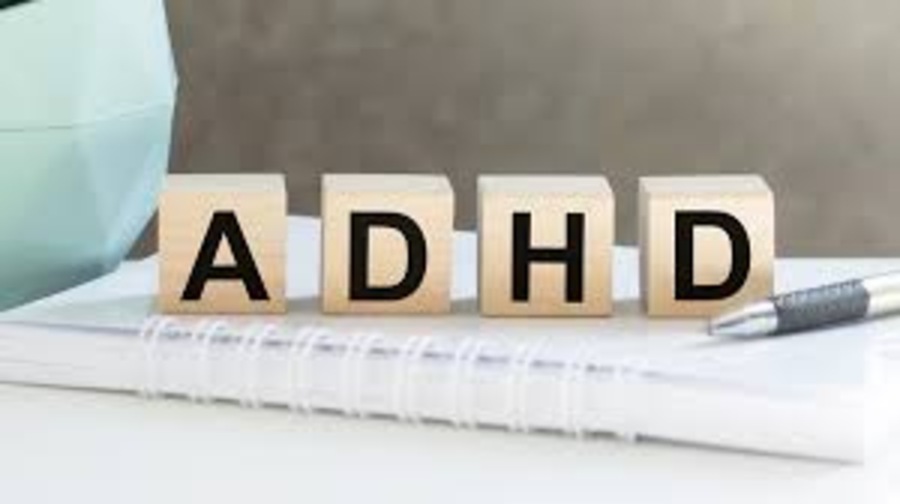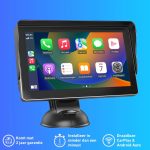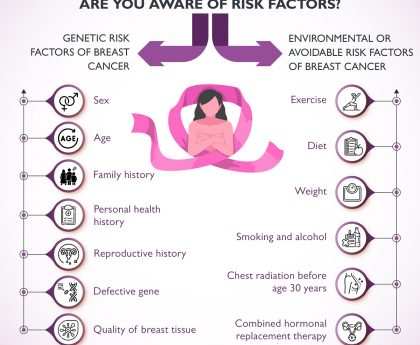Attention Deficit Hyperactivity Disorder (ADHD) is a neurodevelopmental disorder characterized by symptoms of inattention, hyperactivity, and impulsivity. While these symptoms are well-known, less attention is often given to the motor coordination challenges experienced by individuals with ADHD. Both fine and gross motor skills can be affected, impacting various aspects of daily life, including academic performance, social interactions, and overall quality of life. In this comprehensive exploration, we delve into the relationship between ADHD symptoms and motor coordination difficulties, understanding the challenges faced by individuals with ADHD, and exploring strategies for support and intervention.
Understanding ADHD: A Brief Overview
ADHD is one of the most common neurodevelopmental disorders, affecting children, adolescents, and adults worldwide. According to the Diagnostic and Statistical Manual of Mental Disorders (DSM-5), ADHD is characterized by two main symptom clusters: inattention and hyperactivity-impulsivity. These symptoms manifest differently across individuals and may change over time, making diagnosis and management complex.
Inattention Symptoms:
-
Difficulty sustaining attention in tasks or play activities
-
Easily distracted by extraneous stimuli
-
Forgetfulness in daily activities and tasks
Hyperactivity-Impulsivity Symptoms:
-
Fidgeting or squirming in seat
-
Excessive talking or interrupting others
-
Difficulty waiting for turns or waiting in line
While these core symptoms are well-known, individuals with ADHD often experience additional challenges that impact various domains of functioning, including motor coordination.
Fine Motor Challenges in ADHD
Fine motor skills involve the coordination of small muscles in the hands, fingers, and wrists to perform precise movements. These skills are essential for tasks such as writing, drawing, typing, and manipulating objects. Research suggests that individuals with ADHD may experience difficulties with fine motor skills, which can affect academic performance, handwriting legibility, and activities of daily living.
Handwriting Difficulties: Children with ADHD often struggle with handwriting, exhibiting poor letter formation, inconsistent sizing, and illegible writing. These difficulties may stem from challenges in motor planning, coordination, and attentional control.
Fine Motor Coordination: Tasks that require precise hand-eye coordination, such as threading a needle, tying shoelaces, or using scissors, can be challenging for individuals with ADHD. They may exhibit clumsiness, awkwardness, and difficulties in executing sequential movements.
Executive Functioning and Motor Skills: Executive functioning deficits, common in individuals with ADHD, can further impact fine motor skills. Difficulties in organizing, planning, and initiating tasks may contribute to inefficiencies in fine motor performance.
Gross Motor Challenges in ADHD
Gross motor skills involve the coordination of larger muscle groups to perform movements such as walking, running, jumping, and balancing. While ADHD is primarily characterized by difficulties in attention and impulse control, research indicates that gross motor coordination challenges are also prevalent among individuals with ADHD.
Coordination and Balance: Children with ADHD may demonstrate poor coordination and balance, leading to difficulties in activities such as riding a bicycle, playing sports, or participating in physical education classes. These challenges can affect self-esteem and peer interactions.
Impulsivity and Safety Concerns: Impulsivity, a hallmark symptom of ADHD, can pose safety concerns during physical activities. Individuals with ADHD may engage in risky behaviors, disregard safety rules, and exhibit poor judgment, increasing the risk of accidents and injuries.
Motor Restlessness: Hyperactivity, another core symptom of ADHD, manifests as excessive motor restlessness and an inability to sit still. Children with ADHD may have difficulty remaining seated during activities that require sustained attention, such as classroom instruction or meal times.
The Intersection of ADHD and Motor Coordination
The relationship between ADHD symptoms and motor coordination difficulties is complex and multifaceted. While ADHD is primarily characterized by deficits in attention, impulse control, and hyperactivity, motor coordination challenges often coexist and exacerbate the functional impairments associated with the disorder. Several factors contribute to the interplay between ADHD and motor coordination:
Neurological Underpinnings: Both ADHD and motor coordination difficulties are thought to involve disruptions in neurodevelopmental processes, particularly in regions of the brain responsible for attention, executive functioning, and motor control. Structural and functional abnormalities in these brain regions may underlie the shared symptoms observed in individuals with ADHD and motor coordination deficits.
Comorbidity and Overlapping Symptoms: ADHD frequently coexists with other neurodevelopmental disorders, such as Developmental Coordination Disorder (DCD) and Specific Learning Disorders (SLDs). These comorbidities contribute to the complex presentation of motor coordination challenges in individuals with ADHD, blurring the boundaries between distinct diagnostic entities.
Environmental Factors: Environmental factors, including parenting styles, educational practices, and societal expectations, can influence the expression and severity of motor coordination difficulties in individuals with ADHD. Supportive environments that accommodate diverse learning styles and promote physical activity and motor skill development are essential for mitigating the impact of ADHD-related motor challenges.
Strategies for Supporting Individuals with ADHD and Motor Coordination Difficulties
Effective intervention strategies for addressing motor coordination challenges in individuals with ADHD require a multidisciplinary approach that addresses the unique needs and strengths of each individual. Key strategies for supporting individuals with ADHD and motor coordination difficulties include:
Occupational Therapy: Occupational therapists play a crucial role in assessing and addressing fine and gross motor challenges in individuals with ADHD. Through individualized interventions, occupational therapists target specific motor skills, sensory processing difficulties, and executive functioning deficits to improve functional outcomes.
Physical Activity and Exercise: Regular physical activity and exercise are essential for promoting motor skill development, coordination, and self-regulation in individuals with ADHD. Activities such as yoga, martial arts, dance, and team sports provide opportunities for movement, social interaction, and sensory integration.
Environmental Modifications: Environmental modifications, such as ergonomic seating arrangements, adaptive equipment, and sensory-friendly classrooms, can create supportive learning environments for individuals with ADHD and motor coordination difficulties. Minimizing distractions, providing visual cues, and incorporating movement breaks into daily routines can enhance attention and engagement.
Executive Functioning Strategies: Executive functioning strategies, including task organization, time management, and self-monitoring techniques, are beneficial for individuals with ADHD and motor coordination challenges. Breaking tasks into manageable steps, using visual schedules, and implementing cognitive-behavioral strategies can improve planning, organization, and task completion.
Parent and Teacher Collaboration: Collaboration between parents, teachers, and healthcare professionals is essential for identifying and addressing the unique needs of individuals with ADHD and motor coordination difficulties. Open communication, shared goal setting, and coordinated intervention planning facilitate consistency and continuity of support across home, school, and community settings.
Conclusion
ADHD is a complex neurodevelopmental disorder characterized by symptoms of inattention, hyperactivity, and impulsivity. While much attention has been given to the cognitive and behavioral aspects of treatment ADHD, less focus has been placed on the motor coordination challenges experienced by individuals with the disorder. Fine and gross motor difficulties can significantly impact academic performance, social interactions, and overall quality of life for individuals with ADHD.
Understanding the intersection of ADHD symptoms and motor coordination challenges is essential for effective assessment, intervention, and support. By recognizing the diverse presentations of motor coordination difficulties in individuals with ADHD and implementing evidence-based strategies tailored to their unique needs, we can enhance functional outcomes and promote success across various domains of functioning. Through a collaborative and holistic approach that addresses the cognitive, behavioral, and motor aspects of ADHD, we can empower individuals with ADHD to reach their full potential and thrive in their daily lives.





